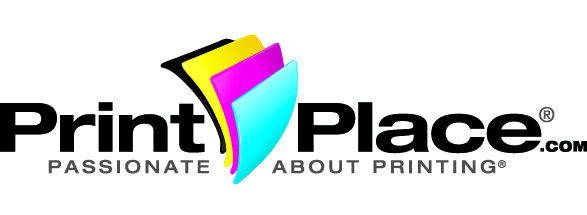Ogilvy on Advertising: Layout and Writing Tips
David Ogilvy is someone to be admired. He is considered to be one of the greatest advertising minds ever. Some might say he shouldn’t be so admired for dropping out of college (what kind of image does that send to the kids?), but others say he should be admired for being able to start one of the world’s largest advertising agencies with no college education.
Well, no matter what you think of Ogilvy, you have to admit that he greatly influenced how advertising professionals advertise today.
Ogilvy’s book “Ogilvy on Advertising” is one of the advertising greats. Here are a few highlights from the book that pertain specifically to layout and writing, which every advertiser or marketer has to deal with for any type of print material.
Layout principles
Ogilvy was all about research. Before starting his advertising agency, Ogilvy and Mather, he worked for Gallup, conducting polls. This research background spilled over into advertising, which hadn’t seen much research before Ogilvy.
1. Graphics first. Ogilvy found (through research) that when it comes to print ads, readers look at a graphic first, then the headline, then the caption and finally, the copy.
2. Headline second. If you don’t have a graphic, then the headline moves in to first place. Ogilvy found that five times as many people read headlines as they do body copy. Therefore, include the name of your product in your headline.
3. Serif fonts are easier to read than sans serif fonts. This is one of the first things I was taught in my college Journalism design classes. Ogilvy also believed that words containing all capital letters were hard to READ. Eyes read all capital letters one letter at a time. It’s best to use both upper- and lowercase letters.
4. Use drop-initials. Drop-initials, or drop caps, “increase readership by an average of 13 percent” according to Ogilvy. I always thought it was a style thing, but I guess I should have known there would be a method to design madness that I didn’t know about!
Writing principles
1. “Specifics work better than generalities.” Whether it’s advertising copy, a television commercial script or an article in a newspaper, specifics always garner more interest than vague references.
2. “Long copy sells more than short.” Of course, you don’t want to make your copy too long or people will lose interest. However, by using subheads, you can keep readers’ interest in longer copy.
3. “Do not address your readers as though they were gathered together in a stadium.” This is a great one, because when marketers or advertisers sit down to write, they usually have the target audience in their minds. What they should have in their minds instead is one target consumer. Write like you are writing to one person only and use “you” a lot to build a relationship with each consumer. Your copy will be more personal and therefore, better.

PrintPlace’s mission is to provide customers with unparalleled printing services through the knowledge and expertise of its employees.


Great collection of Ogilvy tips. Thanks!
Ogilvy developed his own approach to copywriting. He didn’t just pipe what others piped. That’s what made him great. If he had been a novelist or playwright, he would have done the same thing. Heed what genius writers say about writing but don’t imitate their style except in your formative years when you’re cutting your teeth, then work to find your own writing style. How to write well? Like the man on the street in Manhattan who was asked by a tourist how to get to Carnegie Hall — “Practice, practice, practice.” And Ogilvy is correct about serif type being far more readable that sans serif, but mostly for long copy like he wrote, or books, newsletters and newspapers (that’s why 95% of these publications use serif). Short ads that use serif fonts look old and tired. Ditto for websites and blogs.